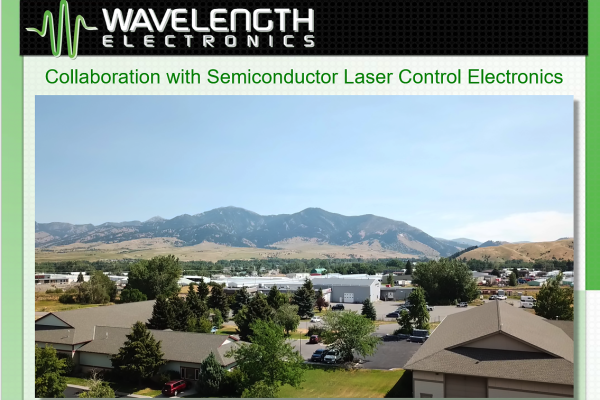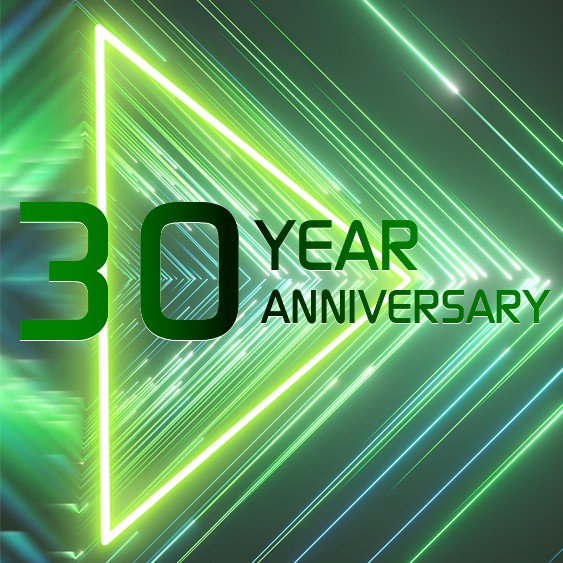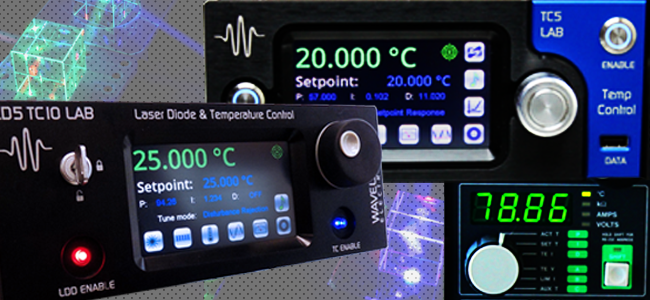
Optica Photonics Devices Industry Summit 2023 Recap
Wavelength Electronics is now a member of Optica (formerly OSA). CEO Mary Johnson, spoke at the Optica Photonics Devices Industry Summit at the Übersee-Museum Bremen in Bremen, Germany on September 6. The topic of her presentation was Collaboration with Semiconductor Laser Control Electronics.
The 2023 Optica Photonics Devices Industry Summit brought manufacturers and component providers together for an in-person discussion about integrated photonics and diode laser sources in the industry. Topics of discussion included the development of new devices and systems that enable more efficient and compact processing of light making them useful for a range of industrial and environmental monitoring, applications of material processing, drivers for other radiation sources, quantum computing, and implementation of telecommunications and free space optics. The Summit addressed primary areas where further revolution is needed, including integration and packaging research for communications, medical devices, and sensing applications, optomechanics for self-assembly applications, optical pumping for high-power lasers, LiDAR, medical devices, and industrial production technology.
Subscribe to our newsletter for tips, techniques & product updates.
Wavelength Electronics Celebrates 30 Years
Wavelength Electronics turned 30 in October! Since 1993, Wavelength Electronics has solved electronics problems in photonics systems from our factory in Bozeman, Montana. We started with driving laser diodes and controlling their temperatures. Our first products were OEM modules and components that laser engineers could design into their own systems. The vision was to provide benchtop instrument performance in a small package.
We’ve maintained our focus on LD safety and evolved to offering only high-performance solutions – very stable current, very low noise, very stable wavelength through temperature stabilities limited only by sensor precision.
We’re committed to researching new technologies as they emerge, and constantly expanding our capabilities. At present, our CW laser diode drivers can modulate in the MHz range. We can scale the output currents to support VCSELs at the low end and pump diodes at the high end. Our temperature controllers easily achieve mK stability – regardless of environmental conditions. We offer both linear and higher efficiency PWM output stages.
We have chosen to focus on high performance. Our customers leverage our expertise to gain a competitive advantage and develop solutions that significantly improve lives.
We believe a design is only finished when it can be manufactured repeatedly with high yield. In addition to our knowledge of circuitry, we researched best-in-class electronics manufacturing practices. We’ve invested in automated production equipment – two SMT lines, a selective solder, AOI. We’ve developed procedures and protocols in our Quality System to consistently achieve a return rate of less than 0.1%. From our humble beginnings with plate-through resistors, we’ve embraced building with the smallest of SMT components – 0201s, BGAs. We also offer our assembly services to local companies. Our team members pride themselves on finding improvements, integrating new technologies, and contributing to our clients’ success.
Where are we going? Eventually we will be able to drive any semiconductor laser made in all operating modes.
For now, we are introducing Custom Engineering Services. Custom circuit designs that perfectly fit the system need – multiple channels, compact size, any combination of form fit and function.
Complex chemical and biological reactions require fast (sub-second) spectroscopy with high spectral resolution. Researchers from Switzerland have developed a Fourier Transform (FT) spectrometer designed around a custom, continuous rotation scanning mirror, enabling millisecond acquisition times while maintaining high spectral resolution in the sub-GHz range. The demonstrated system incorporates the advantages of both FT spectroscopy as well as dual-comb spectroscopy. This design not only uses a single frequency comb for dual-comb spectroscopy, but can prove useful in a variety of spectroscopy applications where high speed, large optical bandwidth, and high spectral resolution are desired.
Combining FT spectroscopy with dual-comb spectroscopy for fast acquisition and high-spectral resolution requires high precision and stable control of the quantum cascade laser. Wavelength Electronics’ QCL1000 OEM driver enabled precise current control with minimal electronic noise. The driver also allows analog wavelength modulation of up to 2-3 MHz. This enabled laser tuning by changing the drive current to the QCL with a triangular current modulation ramp. As laser linewidth is a major concern for QCLs, the QCL1000 OEM minimizes noise to as low as 0.7 μA up to 100kHz as well as keeping the average current noise density to as low as 2 nA / √Hz.
Our QCL driver enables sub-second spectroscopy with high spectral resolution with low noise and stable laser output. This makes the developed rotational FT spectrometer system a reliable tool for dual-comb spectroscopy for applications in reaction and leakage monitoring and in-line process analytical technology.
CASE STUDY: VCSEL Absorption Spectroscopy of Chip-scale Rubidium Atomic Vapor
Researchers from the Indian Space Research Organization in Bengaluru, India have developed and demonstrated the absorption spectroscopic capabilities of a chip-scale Rubidium (Rb) atomic vapor cell using a thermoelectric cooler integrated VCSEL light source in a magneto-optic package. The custom 3D-printed design provides real time analysis of spectral data. With over 600 hours of data, absorption resonance lines were recorded and analyzed for transitions 85Rb and 87Rb with absorption amplitude and FWHM data agreeing with known literature values.
For the compactness and wavelength stability of the design, both the size and stability of the temperature controller are critical in the success of the absorption spectroscopy study. The VCSEL diode required high temperature stability due to the center frequency shifting with change in temperature. To meet these requirements, researchers used Wavelength Electronics’ WTC3243 Temperature Controller.
This magneto-optic Rb atomic cell package proves potential for atomic sensors, particularly in space borne applications or payloads.
We are sure that once you experience the precision, stability and ease-of-use of our touchscreen instruments, you’ll be convinced that they are ideal for your high performance application. We are offering a year-end promotion to test drive any instrument for 30 days for free.
Choose a TC LAB precision temperature controller with Intellitune®, a LDTC LAB laser driver with temperature control, or our patented, low noise QCL LAB.
Available for North American deliveries only.
We invite you to contribute topic suggestions, questions, and general feedback. Wavelength will incorporate as much reader input as possible.
Click to Submit






